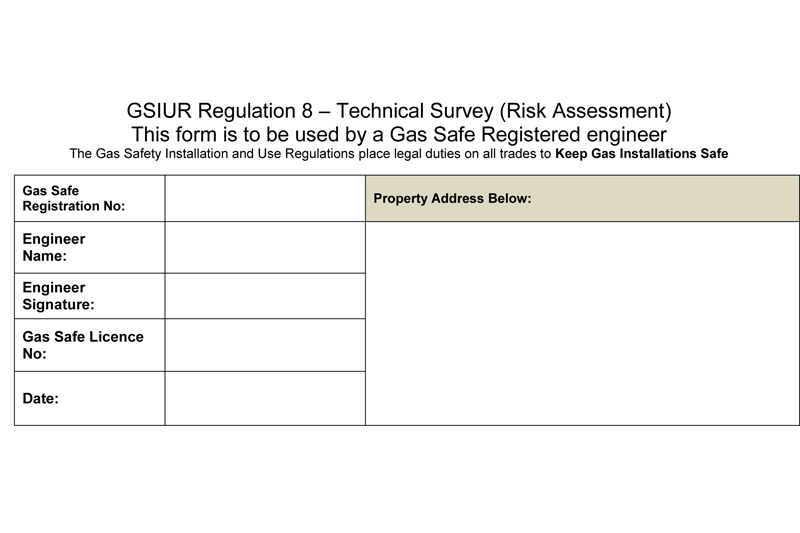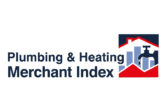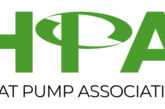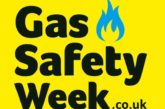
To coincide with Gas Safety Week 2019, IGEM’s Large Business Forum (LBF) is encouraging gas professionals to spread the word amongst fellow tradespeople of the dangers of interfering with existing gas installations when working in buildings. To coincide with this, the forum has released new guidance to help tradespeople ensure they do not contravene Regulation 8 of the Gas Safety Installation & Use Regulations (GSIUR) L56.
The Gas Safety Installation and Use Regulations place legal duties on all trades to keep gas installations safe. When businesses and tradesmen undertake planned or responsive property work that could affect the safety of existing gas installations, such as roofing, plumbing, building, refurbishment, etc., they have legal responsibilities and obligations to be observant and to ensure their work does not affect the safety of gas fittings.
Disturbing or damaging gas appliances, flues, pipework or ventilation could affect safety, cause harm to workers, gas users and the public, by creating gas leaks, fires, explosions or carbon monoxide poisoning risks.
Businesses and tradesmen, e.g., builders, handymen, window/ventilation or cladding installers, etc., must ensure the work they do doesn’t compromise gas safety – or they could face prosecution.
In short, Regulation 8 of the GSIUR states: “This regulation prohibits anyone from carrying out any alteration to premises in which a gas fitting or storage vessel is already installed which could compromise gas safety. The regulation also prohibits any work on a gas fitting or associated flue/ventilation system which would result in danger to any person.”
IGEM’s Large Business Forum (LBF) is focusing on Regulation 8 of the Gas Safety Installation & Use Regulations (GSIUR) for Gas Safety Week 2019. This ongoing campaign is aimed at helping businesses that may in some way affect gas fittings, such as construction firms, to ensure they keep gas users safe.
This initiative is supported by IGEM, Heating & Hotwater Industry Council (HHIC), Association of Plumbing & Heating Contractors (APHC), Gas Safe Register and Health & Safety Executive (HSE) and is designed to be an ongoing process.
Alongside this, Gas Safe Register has produced a targeted factsheet for gas users who employ tradesmen to undertake work in their property with an aligned message.
Steps to take to keep gas safe during building projects:
1 Risk assess the project (and record findings) before work starts. Risk assessment forms are available on the IGEM website IGEM-LBF-REG8-Risk-Assessments with links on the Gas Safe Register website.
2. Stop work if there is a risk of damage to existing gas appliances, flues, pipework or meters – get advice from Gas Safe Register or a Gas Safe registered engineer.
3. Employ a Gas Safe registered engineer to make the gas installation safe during the project.
4. Employ a Gas Safe registered engineer to check the affected installation once work is complete.
5.Examples of building projects that could affect the safety of existing gas installations may include:
*Roofing
*Kitchen refurbishments
*Cavity wall insulation
*Cladding
*Replacing/blocking permanent air vents
*Fitting extract fans or re-circulatory ceiling fans
*Reducing chimney heights
*Building extensions
*Fitting double glazing
*Scaffolding
Examples of existing gas installations or equipment that could become unsafe if disturbed, damaged or affected by building work may include:
*Gas pipework
*Gas meters
*LPG storage cylinders/tanks
*Gas appliances
*Chimneys/flues
*Ventilation systems
The LBF, in collaboration with wider industry, has produced a simple risk assessment for project managers who may not be gas competent. In addition, they have supplied a technical survey (risk assessment) for Gas Safe registered competent engineers. It is extremely important all surveys and risk assessments are recorded and held on file for retrieval.












